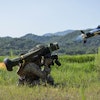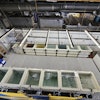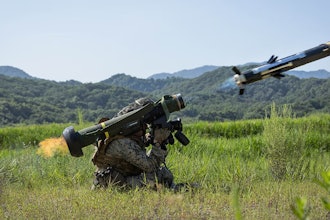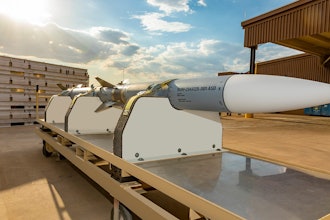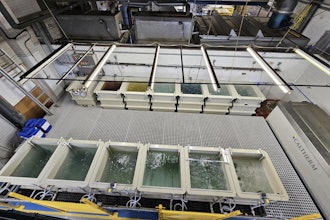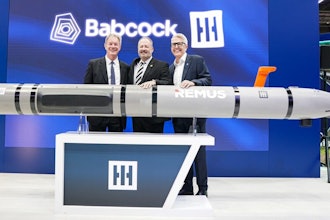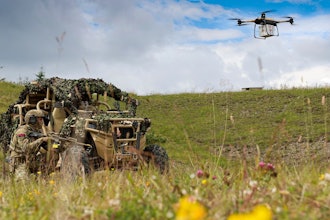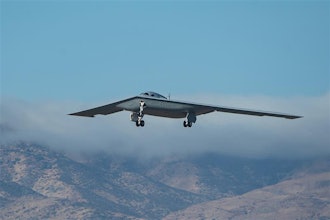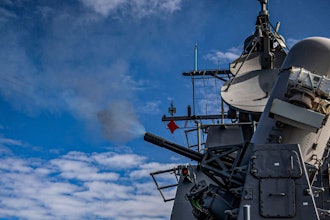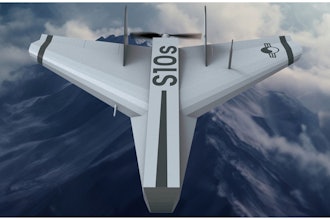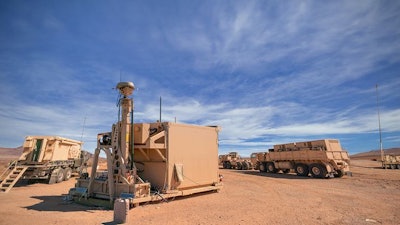
The United States Army’s Integrated Battle Command System (IBCS) developed by Northrop Grumman Corporation demonstrated its ability to connect with any sensor or effector by successfully integrating with the emerging U.S. Army Indirect Fire Protection Capability (IFPC) system, a ground-based weapon system designed to protect assets such as command centers and airfields. During the flight tests held at White Sands Missile Range, New Mexico, the IBCS system:
- Detected, identified and tracked two surrogate unmanned aerial vehicle targets and a surrogate cruise missile
- Engaged and defeated the maneuvering surrogate targets with the IFPC system
IBCS is a mission command fire control system that unifies current and future systems regardless of source, service or domain. Through its network-enabled, modular, open and scalable architecture, IBCS gives warfighters capabilities by fusing sensor data for a single actionable picture of the full battlespace. This ready-now capability gives warfighters more time to make decisions on how best to defeat threats and is a foundational element for enabling joint and coalition multi-domain operations.
IBCS is in production, currently fielded in Poland, and planned for deployment in Defense of Guam as part of the U.S. Army program of record for integrated air and missile defense modernization. IBCS has demonstrated its ability to integrate with a wide range of sensors and shooters, including Patriot, Sentinel, F-35, Common Anti-Air Modular Missile, Giraffe, Lower Tier Air and Missile Defense Sensor (LTAMDS) and other sovereign capabilities.

